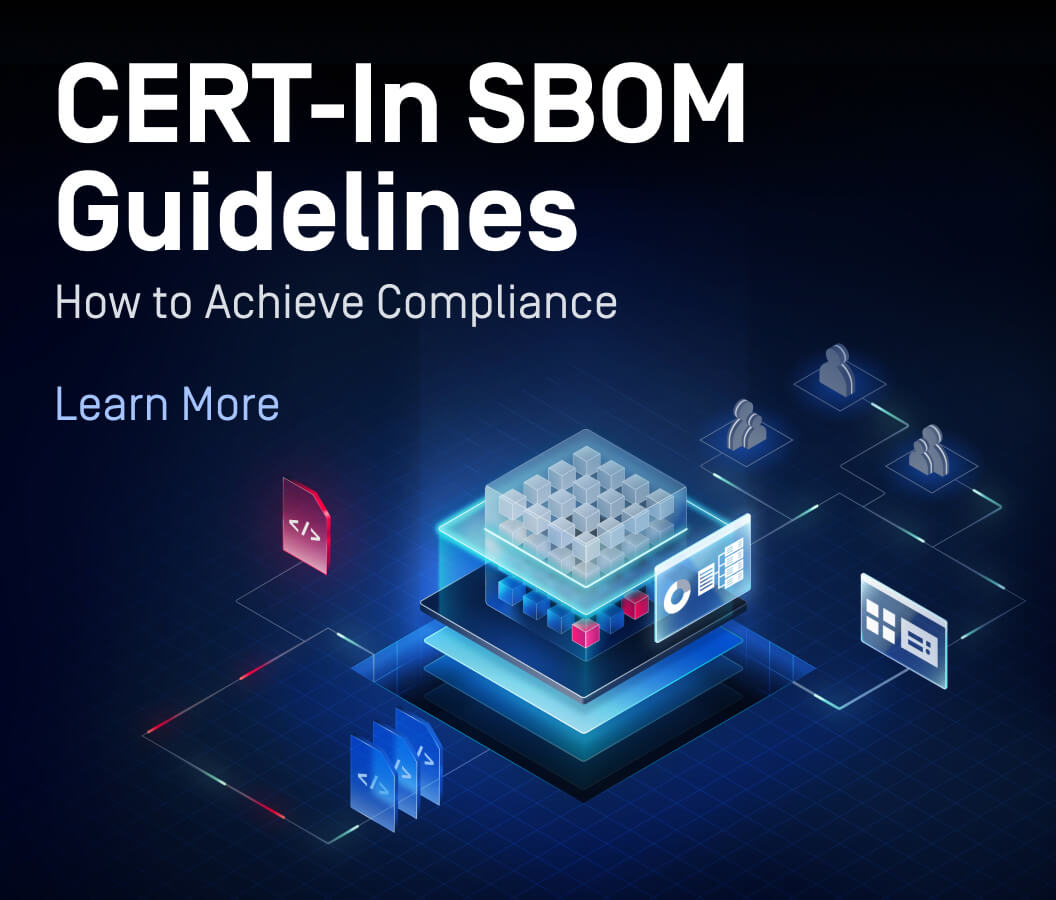Data continues to grow at a rapid pace, resting on-premises and in the cloud, while traversing through multiple applications daily. With this rapid data growth comes an increase in complexity and to the challenge of ensuring data storage security as the attack surface expands.
When it comes to data storage security, let’s discuss its problems, the potential hazards and risks it confronts, and what businesses can do to properly manage it for their organizations.
What is Data Storage Security?
Before we get into data storage security in general, let's first define data storage.
Data storage refers to the retention of digital information, such as business-critical data and PII (personally identifiable information) in a medium for subsequent retrieval. These mediums that house data include on-premises servers and cloud data platforms, as well as several hybrid scenarios (e.g., a combination of private and public clouds or on-premises data centers and cloud solutions).
When we talk about data storage security, we refer to the security measures that organizations take to prevent any third-party from unauthorized access, malicious attacks, and data exploitation of stored data.
Data storage security is set up to protect said data using different methods and techniques to ensure data privacy.
Why it Matters
Whether it's a company's financial records or a user's personal photos, data is extremely valuable. Not only does data storage security involve saving digital information on specific hardware and software, but it also ensures that the data is accessible and retrievable. Moreover, data storage security is crucial for businesses since most data breaches are caused by lapses in data storage security. We will get into risks to data storage security later in this article.
Regulatory Compliance Considerations
Organizations must examine applicable compliance requirements when deciding how to best manage their data storage security. Data compliance refers to how a company follows data storage rules, regulations, and industry standards to maintain data security, privacy, and integrity while mitigating risks. Compliance enables organizations to observe privacy requirements and maintain adequate data preservation and disposal policies.
The following regulations are examples of such regulatory compliance considerations that emphasize data security and privacy:
| Regulation | About | Risks of Non-Compliance |
| PCI DSS (Payment Card Industry Data Security Standard) | Set of security standards designed to ensure that all companies that accept, process, store, or transmit credit card information maintain a secure environment | Non-compliance with PCI DSS can result in significant financial penalties, legal issues, data breaches, and loss of customer trust. It can also lead to operational disruptions, loss of business, and liability for fraud. Failure to comply can result in monthly fines of up to $100,000 and the suspension of card acceptance. |
| GDPR (General Data Protection Regulation) | Data privacy and security law in the EU (European Union). It provides a framework for the collection, use, and protection of personal data of EU citizens, including the right to access, correct, and delete their personal information, and imposes significant penalties for non-compliance. | Non-compliance can lead to heavy fines, legal action, reputation damage, operational disruptions, loss of business opportunities, and personal liability for executives. Non-compliance also carries a fine of 4% of a company’s annual turnover or €20 million, whichever is highest. |
| HIPAA (Health Insurance Portability and Accountability Act) | This U.S. federal law protects sensitive health-related information. Entities that electronically transmit health information for specific transactions must comply with HIPAA's privacy standards. Organizations must implement robust security measures, including encryption, access controls, regular risk assessments, employee training, and the adoption of policies and procedures that safeguard the confidentiality, integrity, and availability of PHI (protected health information). | Penalties for non-compliance are based on the level of negligence and can range from $100 to $50,000 per violation (or per record), with a maximum penalty of $1.5 million per year for violations of an identical provision. Violations can also carry criminal charges that can result in jail time. |
In addition, storage industry-specific standards and non-profit industry watchdogs provide in-depth guidance for a wide variety of storage systems. Learn more about how OPSWAT helps minimize your compliance risk.
The Challenges of Data Storage Security
There are several key challenges behind data storage security that reflect the complexity and importance of protecting data, especially in alignment with incorporating compliance regulations.
- Scalability and Rapid Data Growth: As data grows at a rapid pace, managing and securing it becomes more difficult, requiring advanced strategies and tools to protect the increasing volume without sacrificing performance.
- Data Breaches and Cyberattacks: Attackers are constantly developing new techniques to breach data storage systems, such as malware, ransomware, and phishing schemes. Insider threats, such as employees or contractors with access to sensitive information, can pose significant risks due to data misuse or accidental disclosure.
- Regulatory Compliance: Keeping up to date with various compliance regulations is a must for organizations to keep the privacy and security of sensitive customer data. Regulations such as PCI DSS, HIPAA, NERC CIP are industry-specific regulations have requirements to protect sensitive data from unauthorized access, while privacy laws such as GDPR and CCPA require organizations to guard against the unauthorized access, storage, and misuse of personal data.
- Access Control and Identity Management: Access control and identity is a key component but also a challenge to data security as it ensures that only authorized individuals can access and manipulate data, protect against insider and outsider threats, comply with legal requirements, and improve the organization's security posture.
- Data Integrity and Availability: Preserving data integrity and making sure it is not lost or corrupted during transmission and storage is a continuous challenge for data storage security. As such, effective disaster recovery strategies are also necessary to guarantee data availability both during and after events, as well as the prompt restoration of essential data, if needed.
Lastly, a challenge that should not be minimized is understanding the actual configuration posture of your on-premises and/or cloud environment. Misconfigurations may result in major data breaches, emphasizing the significance of diligent configuration management.
Top Risks to Data Storage Security
Storage security risks are caused by threats to the information handled by storage systems and infrastructure, vulnerabilities (such as those inherent in different storage mediums), and the impact of successful threat exploitation.
Some risks that data storage security and infrastructure include:
- Malware attacks
- Data leakage and/or breaches
- Misconfigurations and unauthorized access
- Insider threats
- Liability due to regulatory non-compliance
- Corruption, modification, and destruction of data
The risks listed above may result in a variety of consequences, such as the penalties outlined above due to non-compliance with regulations. The most serious issues with storage systems and infrastructure are data breaches, data corruption or destruction, temporary or permanent loss of access/availability, and failure to meet legislative, regulatory, or legal requirements.
FACT: Human error is the leading cause of most cybersecurity breaches. More than half of instances include BEC (Business Email Compromise) attacks that use social engineering tactics, highlighting the risks of human interaction with technology and emphasizing that humans are the weakest link in IT and OT cybersecurity.
Vulnerabilities in Data Storage Security
Risk is inherent in all technologies, and nefarious actors are constantly discovering new ways to exploit vulnerabilities. Storage devices are vulnerable in many ways, whether cloud-based, network, or on-premises.
Data storage security requires recognizing the following inherent weaknesses in storage systems and mitigating the related risks, while keeping the data secure, accessible, and available:

Insecure Cryptographic Storage
Some storage devices may have weak or lack of adequate encryption or may require enterprises to install additional software or an encryption appliance to ensure that their data is encrypted. Outdated methods make it easier for attackers to decrypt data. In addition, improper management of encryption keys (e.g., storing keys in plaintext) may render encryption ineffective.

Physical Vulnerabilities
Physical theft or damage to storage devices and natural disasters can lead to data loss or unauthorized access. Some organizations may fail to consider weak physical security—insiders may be able to access physical storage devices and extract data, bypassing network-based security measures.
Recommendations and Best Practices
Storage is where data resides. With a growing number of organizations increasingly adopting storage solutions from AWS S3, OneDrive, Microsoft Azure, Dell EMC Isilon and other on-premises and cloud platforms, it is imperative to apply strong storage security policies to avoid unwanted access to data and underlying storage systems.
Organizations need to address the risks associated with storage security such as advanced malware attacks, data leakage and/or breaches, and sensitive data loss.
Further reading: 10 Best Practices to Secure Your Enterprise Data Storage
As human error is the leading cause of data breaches, we recommend adopting a security-first culture for your organization. Click here to see how we approach employee cybersecurity and training to enhance your company’s security awareness.
Any data compliance policy should clearly define your organization's approach to data protection, privacy, and compliance. It should specify data collection, processing, storage, sharing, retention, and destruction procedures.
Implement strong data security measures such as encryption, access restrictions, firewalls, and other security technologies to safeguard sensitive data from unauthorized access, disclosure, modification, or destruction. Lastly, conduct regular audits to ensure your firm is adhering to data compliance policies and preserving data security.
OPSWAT MetaDefender Storage Security provides an integrated, comprehensive approach to secure enterprise data across multiple storage providers and helps you prevent data breaches, downtime, and compliance violations in your cloud and on-premises storages and collaboration solutions.
We provide native API integrations to enable you to set up, monitor and protect your enterprise storage in one comprehensive view. MetaDefender Storage Security integrates seamlessly with SIEM systems through an intuitive GUI and RESTful API, ensuring quick incorporation into existing workflows.
Discover how OPSWAT can help protect your data storage security.



